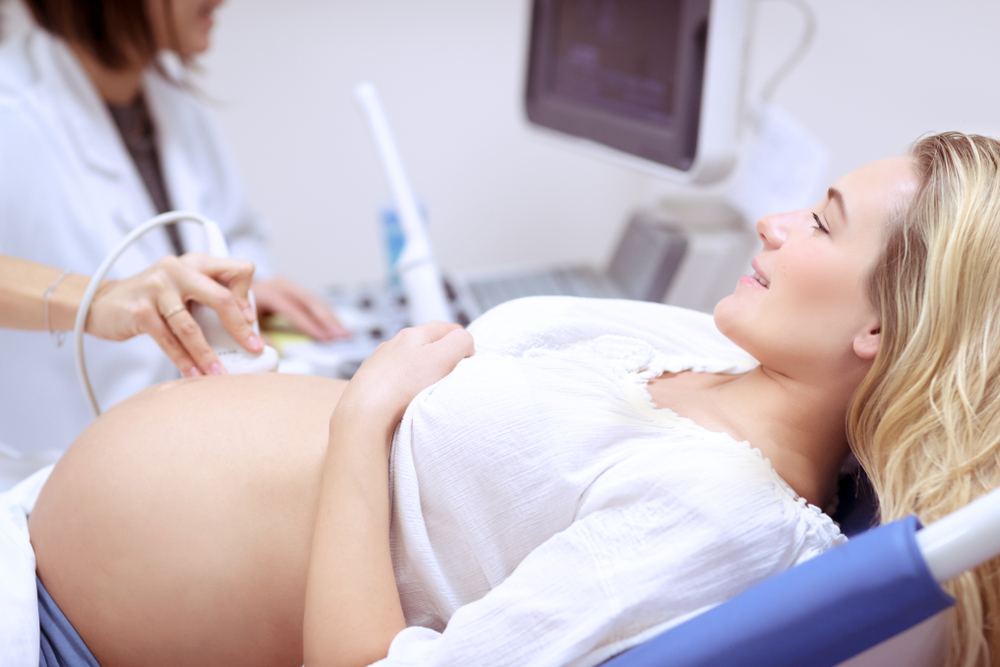If you’re pregnant, you may be wondering how do babies breathe in the the womb.
After all, there’s no air inside the uterus! But rest assured – your baby is getting plenty of oxygen from you, thanks to a unique process that keeps them breathing and healthy until birth.
Here’s what you need to know about how babies breathe in the womb.
How do babies breathe in the womb?
You might think that since your baby can’t take a breath like they would outside of the womb, they wouldn’t get enough oxygen.
But that’s simply not true! Your amniotic fluid acts as an oxygen reservoir for your baby throughout pregnancy.
As it circulates around the placenta, it brings oxygen from your bloodstream into their umbilical cord.
This process is known as placental transfusion and happens several times throughout pregnancy – even before your baby has developed their own lungs!
But what about carbon dioxide? Most people know that carbon dioxide needs to be expelled from our body for us to stay alive. And that’s true for babies in utero too!
Fortunately, babies don’t have to do anything special to get rid of it; their bodies naturally absorb it into the bloodstream and move it back through the placenta where it’s expelled with each exhalation while mom breathes normally.
A few weeks before birth, babies start practicing breathing movements, which help them prepare for life outside of the womb after delivery.
Your doctor will use ultrasound technology to monitor these movements throughout pregnancy so they can make sure your baby is always receiving enough oxygen.

The Importance of Placental Transfusion
The placental transfusion process starts almost immediately after conception and continues until birth.
It’s crucial during this time because it provides a steady stream of nutrients and oxygen from mother to fetus throughout pregnancy — something that would not be possible without a functioning placenta.
Placental transfusion also helps remove waste products such as carbon dioxide from your baby’s blood and transports them back into mom’s body for disposal via her kidneys or lungs.
These waste products are then recycled back into mom’s body so she can use them again in her metabolic processes — making placental transfusion one of nature’s most efficient systems!
Pregnancy is an amazing time full of change and growth – including some pretty incredible developments when it comes to how a baby gets oxygen while still in utero!
Thanks to placental transfusion, babies have everything they need – including vital nutrients and oxygen – right at their fingertips (or umbilical cord!) until birth day arrives.
Knowing more about this process can help put any expectant parent’s mind at ease – especially when combined with regular check-ups by a trusted care provider throughout pregnancy!


